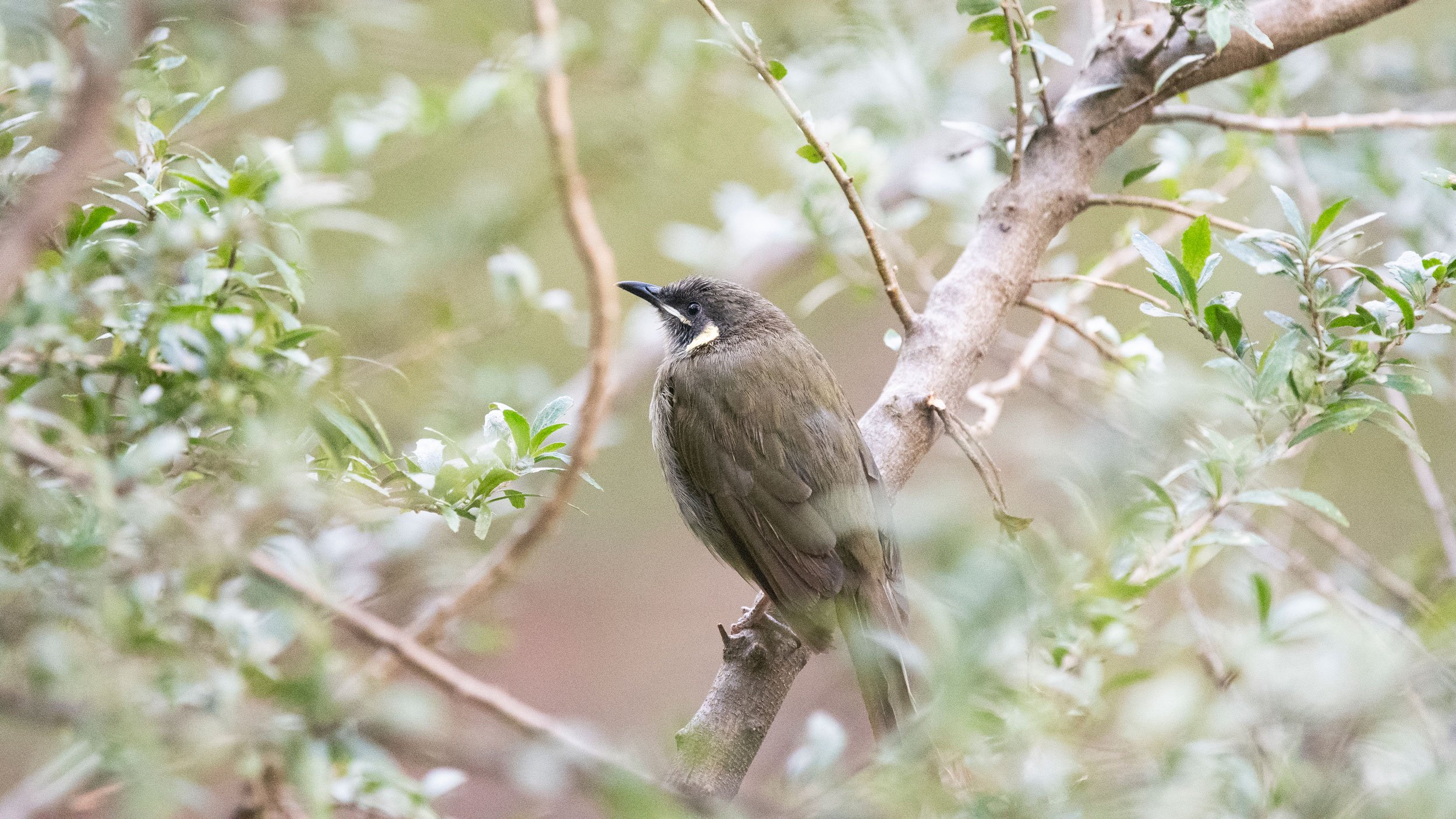Conserving Australia's most spectacular caves
One of our key missions is to identify, conserve and protect native species and restore damaged or altered habitats. We are working together with National Parks and Wildlife Service (NPWS) and researchers from the Australian Museum, University of Western Sydney, University of New South Wales, University of Adelaide and Department of Climate Change, Energy, the Environment and Water, to achieve these goals.
Native wildlife and feral animals are monitored to identify the species we have on the Reserve and determine approximate abundance and health. Species targeted for special monitoring include the Brush-tailed Rock-wallaby, managed by the NPWS threatened species program Saving our Species; and the Platypus, monitored by Jenolan Caves Reserve Trust. Feral animal control is critically important, since introduced pest species damage the environment and compete with or predate native species.
Research being conducted by the Australian Museum and University of Western Sydney includes identification and description of new cave-adapted spider species and development of protocols for their protection; and research into numbers and health (‘resilience’) of bat colonies at Jenolan.
Habitat restoration is a priority, especially after drought, fire and floods over the past severely impacted the Reserve. The largest project involved two major desedimentation works at the Blue Lake after successive floods filled the lake with debris. In line with our plans to revitalise the Caves House precinct, our horticulturalist is re-establishing the precinct’s gardens, which have been a visitor favourite for over 100 years. Revegetation and weed control are also an important part of habitat restoration.
One of our key missions is to identify, conserve and protect native species and restore damaged or altered habitats.










